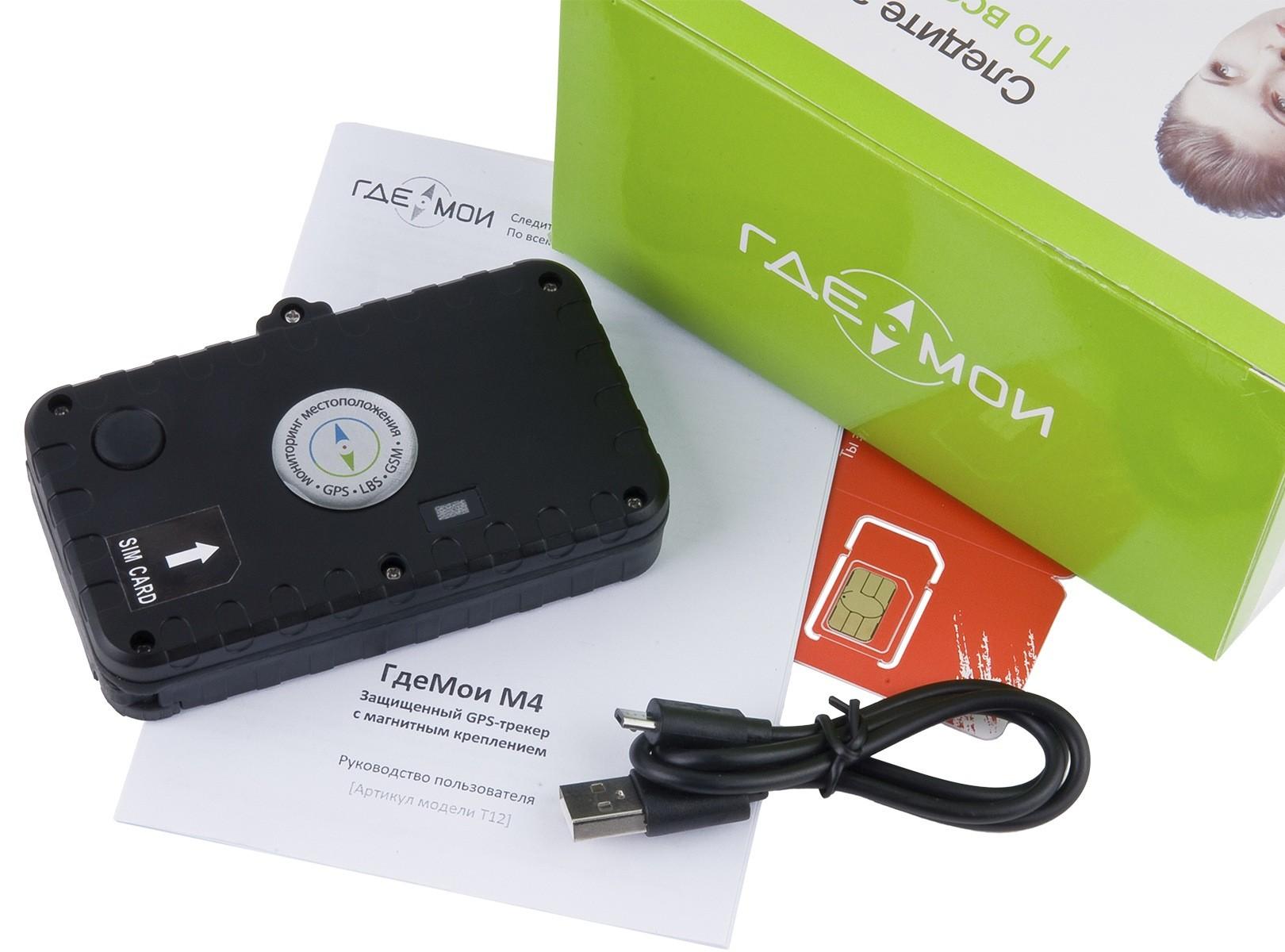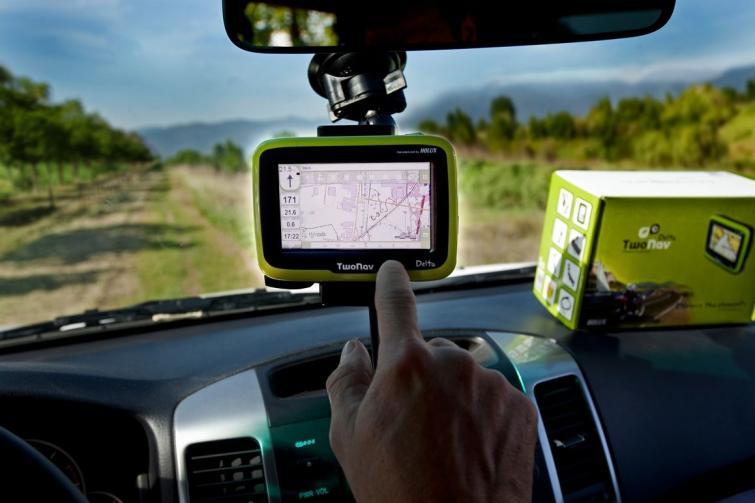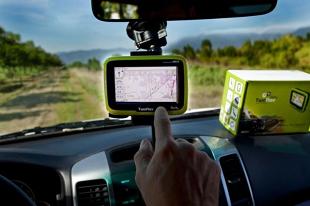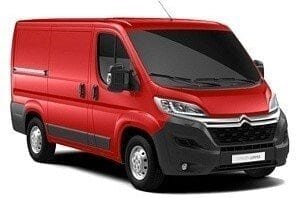
Guide: What to look for when choosing a GPS
 The rise in popularity of navigation devices in recent years means that GPS is no longer an exclusive gadget or assistant reserved for professional drivers. When deciding on the chosen product, it is worth finding out what affects its quality and ease of use.
The rise in popularity of navigation devices in recent years means that GPS is no longer an exclusive gadget or assistant reserved for professional drivers. When deciding on the chosen product, it is worth finding out what affects its quality and ease of use.

The choice of a GPS device should depend on the purposes for which we will use it. Navigation is divided into automobile and tourist, and each of them is equipped with a different type of maps. If you want to use all the features at the same time, you should consider purchasing a GPS that combines the benefits of each of these types.
First of all map
Car navigation is based on road maps. More advanced software even offers XNUMXD renderings of buildings that perfectly reflect the terrain. In turn, tourist models use topographic maps. In addition to geographic coordinates, the screen displays detailed topography information such as tilt angle and altitude.
– The accuracy of data acquisition depends on the type of card, but each of them performs better in different conditions. So, let's check what formats our GPS supports,” says Petr Mayevsky from Rikaline. — Vector maps are used for road navigation, which makes it easy to get the necessary information. If we want to use the device in the field, we need topographic and raster maps, or possibly satellite imagery.
If the area we want to cover is extremely complex, it's worth being able to use several different maps at the same time. The device is equipped with software that supports various formats, compares data based on multiple sources, which improves measurement accuracy.
non-aqueous battery
Most GPS devices come with a rechargeable battery. Battery life depends on the size of the equipment and how it is used. Typically, models with large displays, such as those used in cars, need to be charged every 6-8 hours. Smaller devices last up to 4 times longer.
Batteries are useful in situations where we have regular access to a power source. However, if we are not driving and have no scheduled stops, consider using equipment powered by replaceable AA or AAA batteries.
Easy to use screen
Screen sizes typically range from 3 to 5 inches. Smaller devices are suitable for cycling or hiking, larger and heavier devices can be installed on a motorcycle, car or yacht. It's also worth remembering that if you're going to use a touchscreen, it needs to be sensitive enough to be easily used, for example, with gloves on. Considering the changing conditions while driving, you should also check how the readability of the image is affected by harsh sunlight or deepening twilight.
Vitzimalosh
The conditions of use of navigational instruments, especially tourist ones, require special attention to the reliability of manufacturing. The GPS is susceptible to bumps, bumps, or getting wet, so it's worth checking out its resistance to water, dust, and dirt.
– Depending on the installation location, check whether the appropriate brackets are included, e.g. for a motorcycle or a car. Their design should ensure the stability of the device, which will allow us to easily read the data from the screen even on the biggest bumps. The material from which they are made is also important to ensure adequate strength, says Piotr Majewski of Rikaline.
Poor finishing of equipment not only makes it inoperable, but also dangerous. The driver does not focus entirely on driving in difficult terrain but makes sure that his GPS is still in place, which can lead to a collision.
